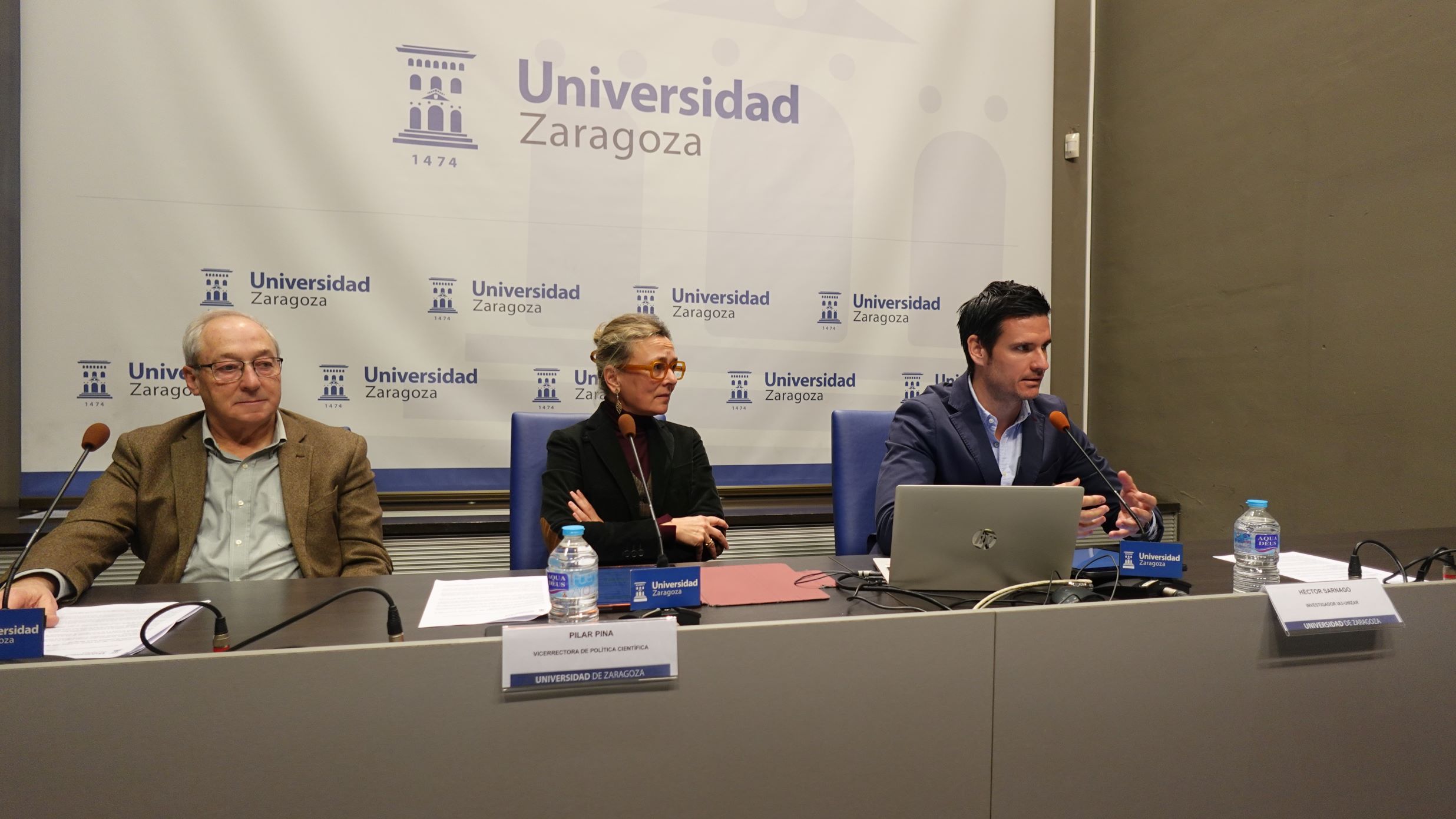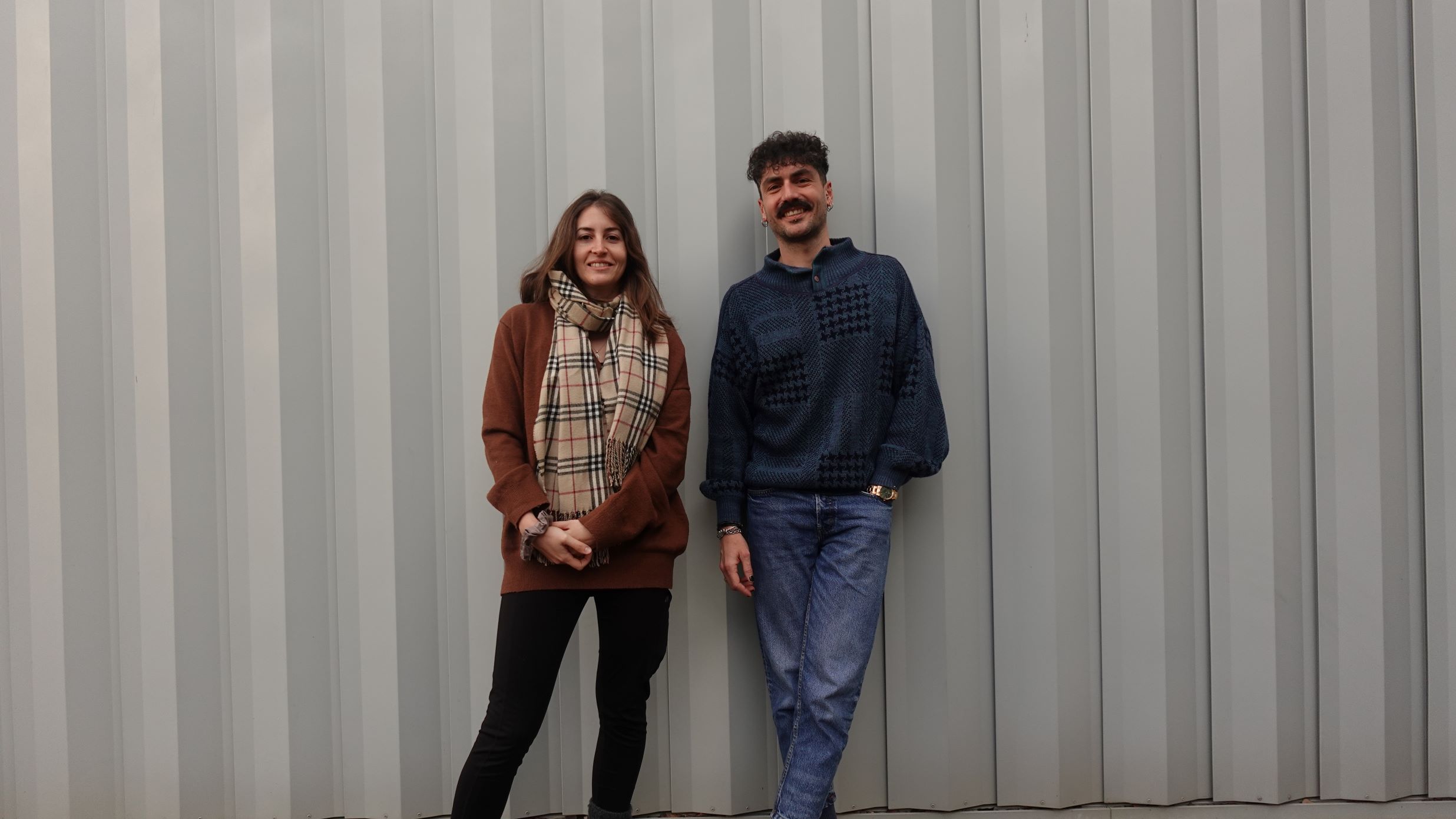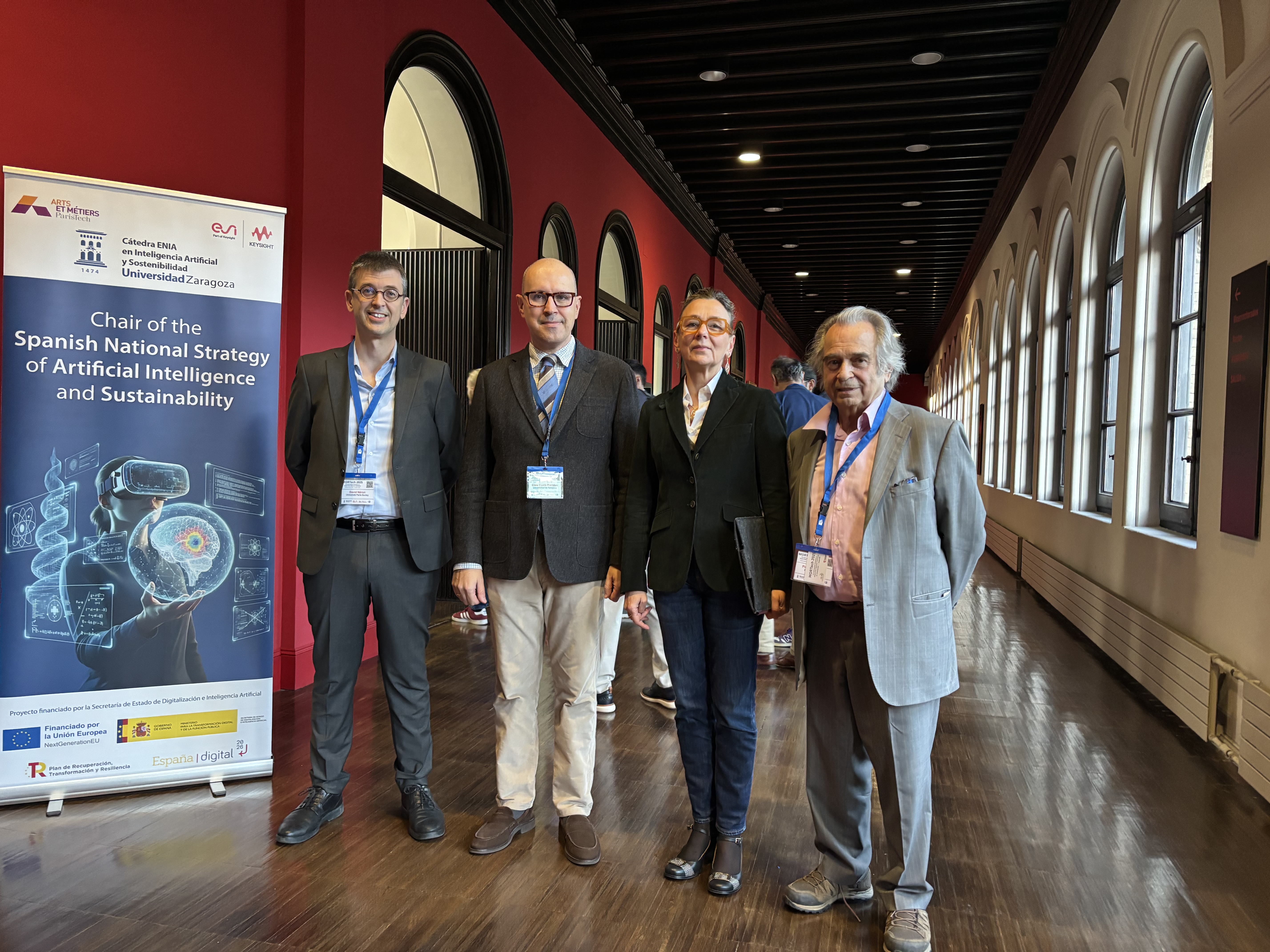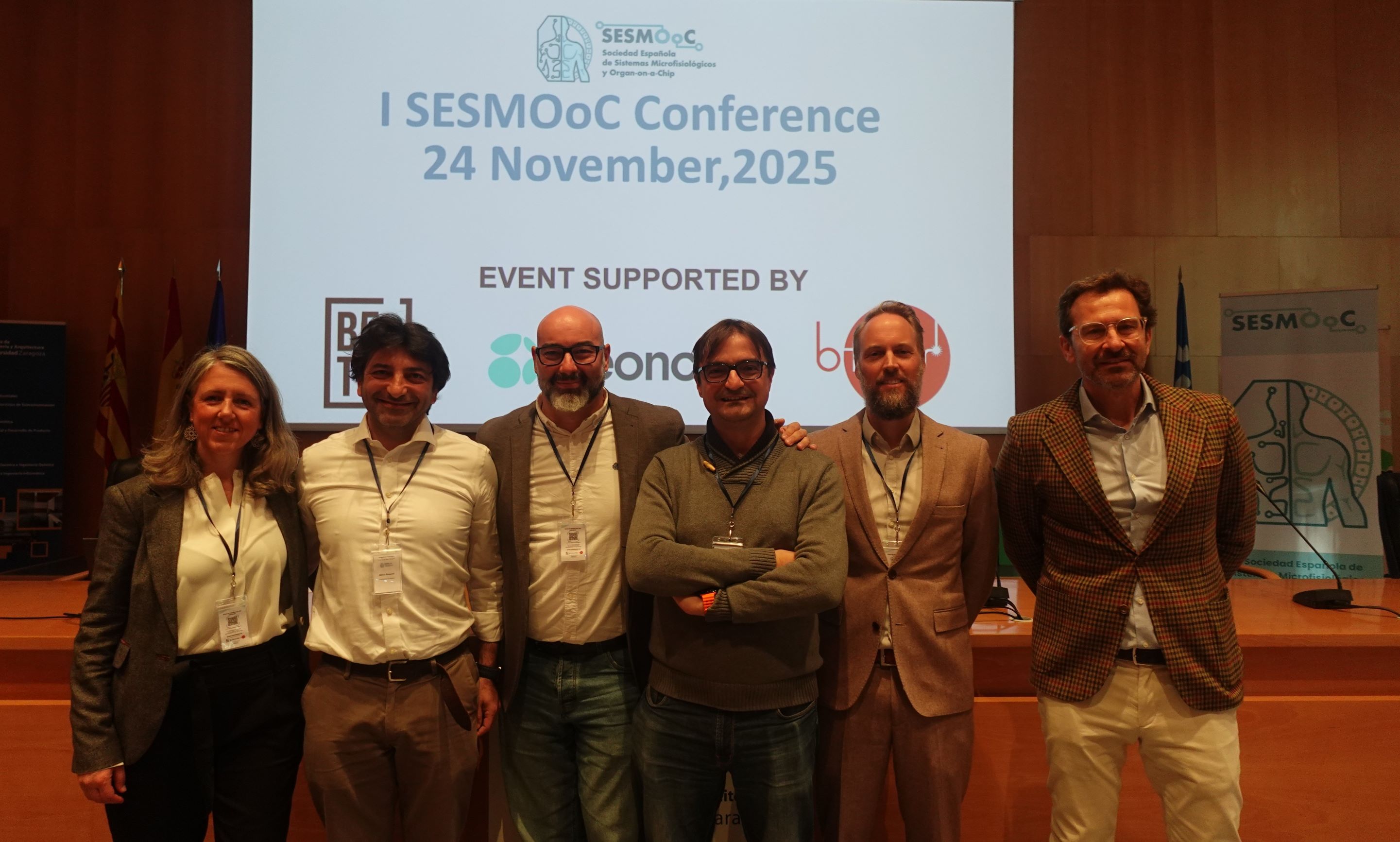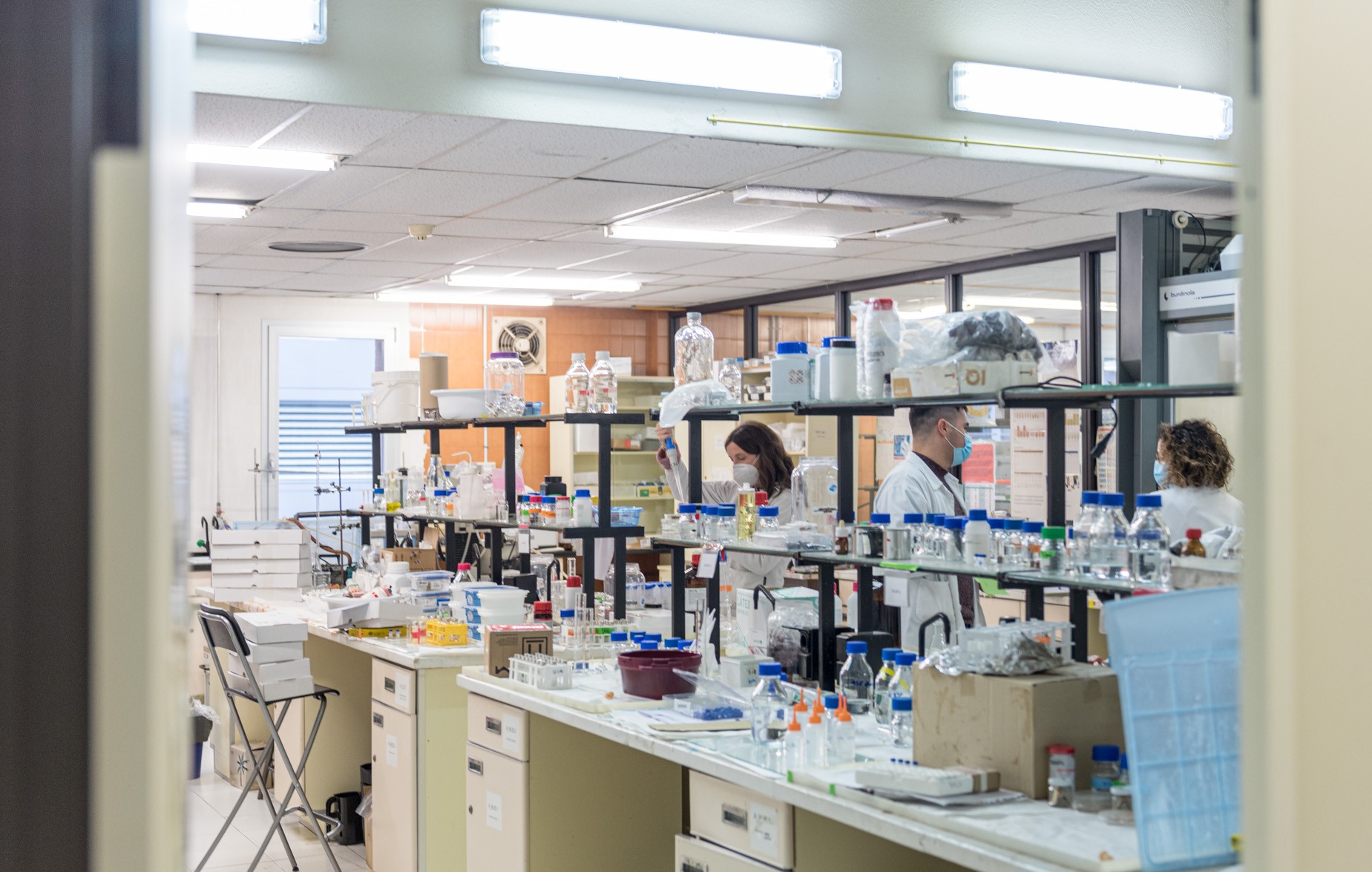
A study by a group of international experts has highlighted the importance of harmonising risk assessment protocols for Food Contact Materials (FCMs) globally. The research, commissioned by the Food Contact Materials Working Group, analyses the significant variations in regulatory requirements for these materials between different regions of the world, including the FDA, EU, MERCOSUR, India, China, Japan and Thailand.
Food Contact Materials (FCM) are produced and traded around the world, with a global value in excess of $400.2 billion. All must be safe and ensure the safety and security of the food in contact with them. In almost all regions there are specific regulations that set the standards for all materials, but the criteria are not the same, meaning that the same material must comply with different limits depending on the region in which it is distributed and marketed.
Discrepancies in current regulations complicate compliance and risk assessment for companies operating globally. They face complex rules and limits that change from jurisdiction to jurisdiction, which can lead to inconsistencies in risk management.
The article, published in the prestigious peer-reviewed journal Trends in Food Science and Technology, highlights the differences in testing requirements, protocols and evaluation criteria for FCMs. However, despite these differences, the main objective of all regulations is to ensure that food contact materials do not pose a health hazard to humans. 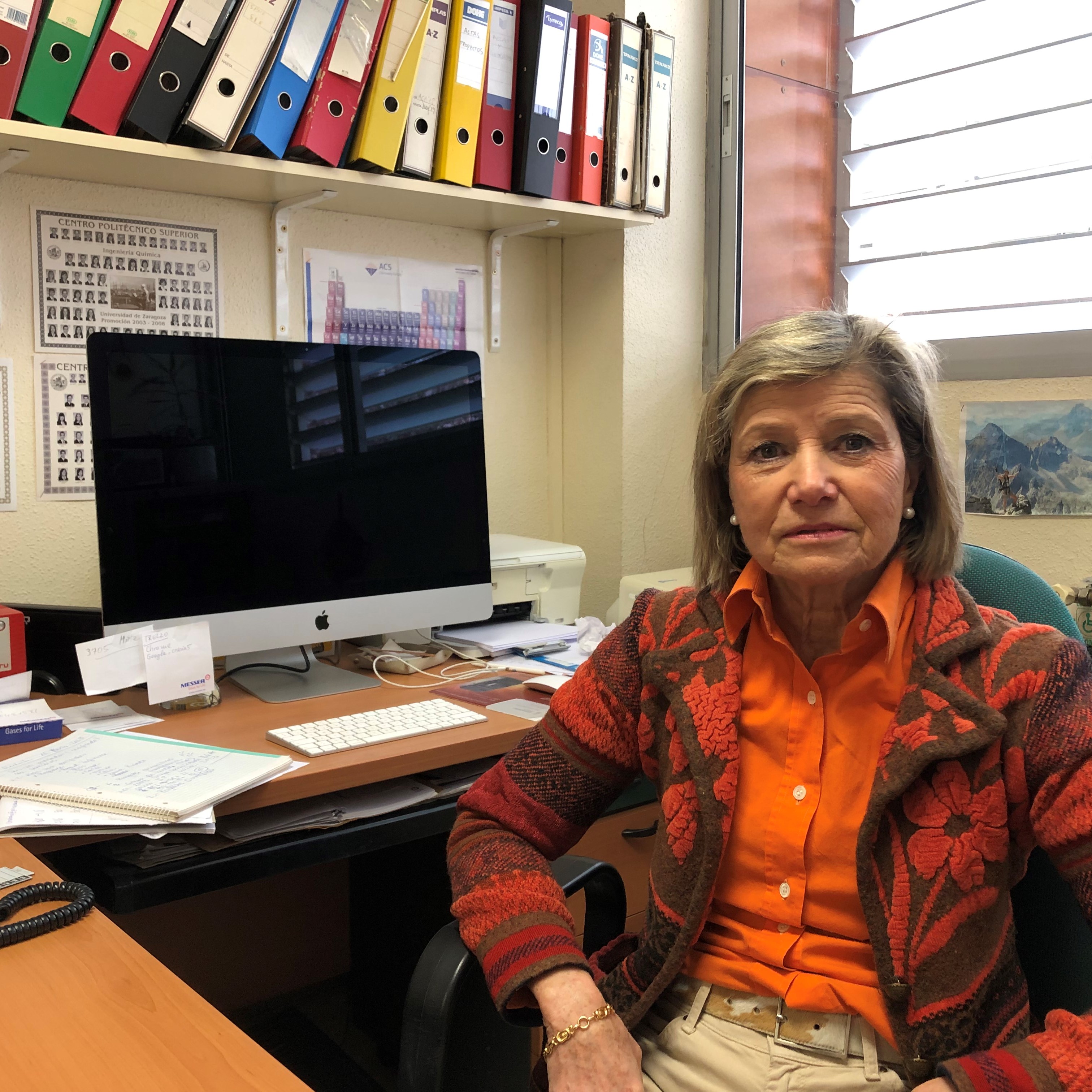
The group of experts who have participated in this review to unify the risk assessment protocols for Food Contact Materials (FCM) includes the researcher Cristina Nerín, from the Aragón Engineering Research Institute, professor at the University of Zaragoza and first author of the publication.
Among the most relevant conclusions they propose to improve the current situation, they highlight the need to unify food product classifications, migration testing and analytical methods to improve consistency and transparency; They also talk about improving scientific methods, standardising exposure assessments, toxicity testing and the integration of bioassays to increase the accuracy of risk assessments; and a third key point they make in the article is to ensure regulatory coherence, homogenise migration conditions and exposure models to facilitate global trade and strengthen consumer confidence.
The study underlines that harmonisation of regulations would have a significant impact on industry, regulators and academia. In this regard, they note that for industry there would be a reduction in compliance costs, an acceleration of innovation and market access, and an increase in consumer confidence.
They believe that regulators would benefit from more efficient supervision, improved international trade, increased consumer safety and reduced redundancy in risk assessments.
And in academia, such harmonisation would boost research on standardised risk assessment methods, foster global collaboration and increase funding opportunities.
According to the expert group, this study ‘represents an important step towards a more coherent global framework for the safety assessment of food contact materials’ and will have benefits, above all, for consumers.
In sum, this review sets out the main areas of risk assessment of CSFs, compares the main regulations in different regions, analyses the essential areas that influence global risk assessment, and provides guidance to assist the development of the relevant field of research and industry. Some examples and proposals are given for the main areas of harmonisation of risk assessment globally.
Full article: https://doi.org/10.1016/j.tifs.2025.104987
Photos:
Analytical Research Group Laboratory (GUIA)
Cristina Nerín, researcher and first author of the publication.
